Sarajevo’s Tunnel of Hope
When Sarajevo was besieged in 1992 and the entire city was surrounded by Serbian forces, with no source of electricity, water or food. At that time, a complete takeover and annihilation were imminent. This is the story of Sarajevo’s Tunnel of Hope that kept the city alive until NATO intervened, 4 years into the siege. It is in the Kolar Family home.
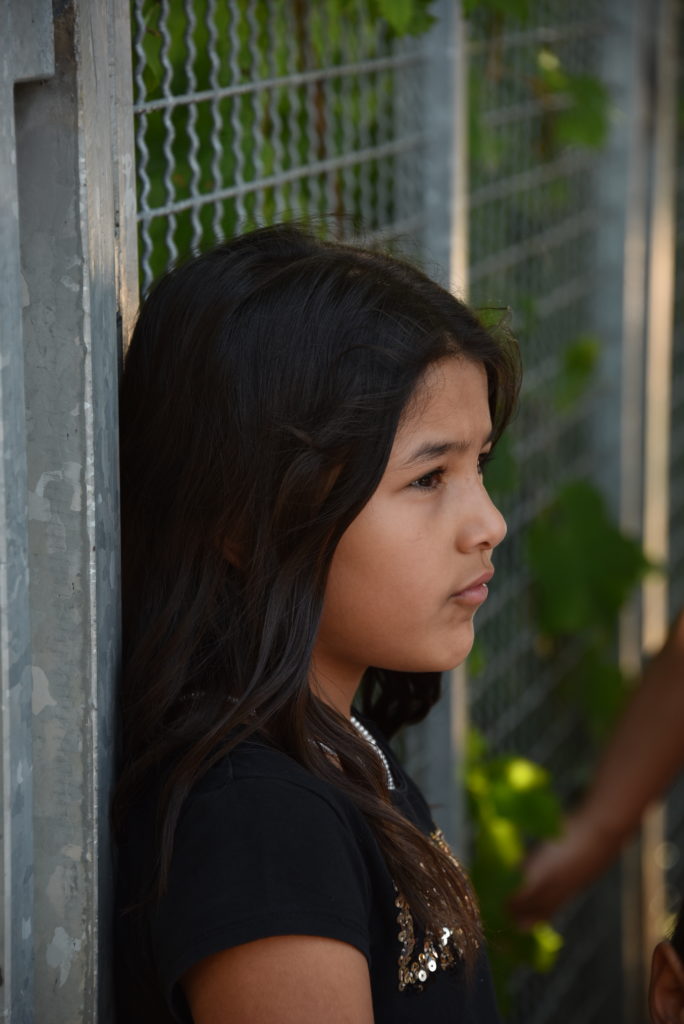
As the people of Sarajevo were dying of hunger and extreme weather conditions, it was clear that they could not survive another winter. The police and Bosnian military also knew of the imminent danger to their survival. After much brainstorming and many engineering designs, they came up with the only (remotely) viable option.
Sarajevo is the largest city and now capital of Bosnia and Herzegovina. It is set in a valley which was entirely surrounded by the Serbian forces. The only section in the perimeter not swarming with Serbian forces was the UN-controlled airport. So, their only option was to dig a tunnel under the airport runway.
For orientation, the following maps show the occupied and free regions of Bosnia and Herzegovina.
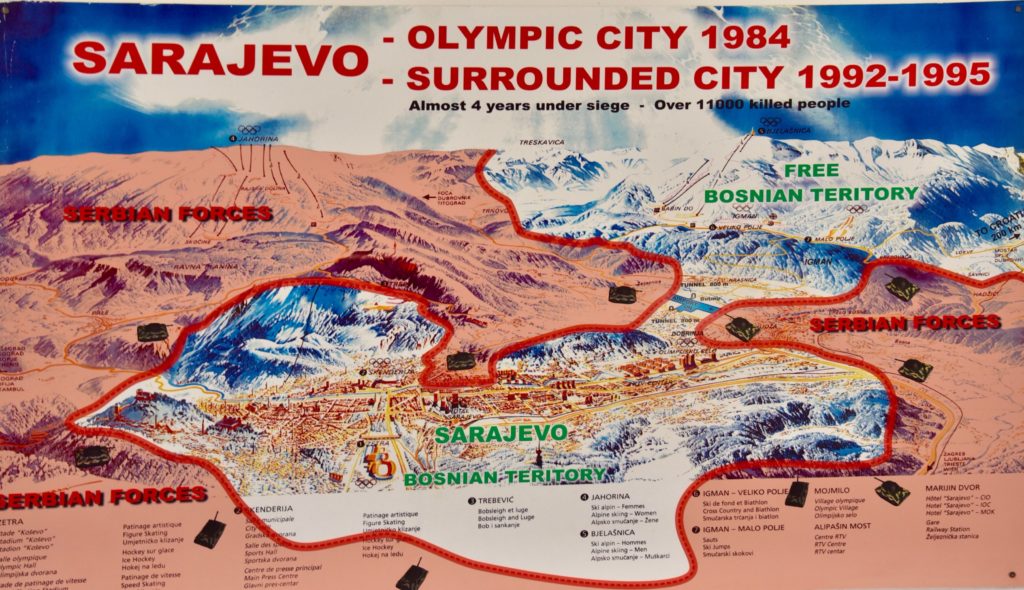
Notice the tiny section near the top right linking Sarajevo to the rest of the free Bosnian area. The airport runway (in blue) was under UN control, so it prevented Serbian forces from taking over.
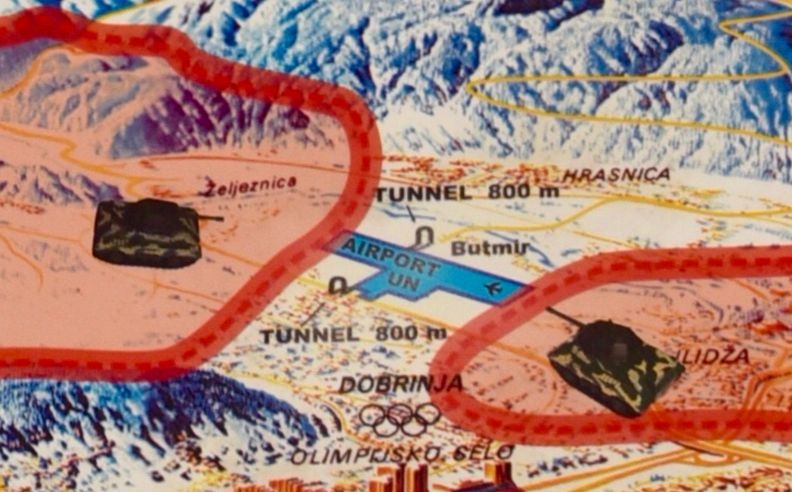
Building Sarajevo’s Tunnel of Hope
The tunnel was built from Dobrinja Olympic village on the Sarajevo occupied side, under the airport, to Butmir in Bosnian free territory.
128 people dug the tunnel from one side and 132 people dug from the other side. They dug continuously as their lives, their families’ lives and their city’s survival depended on them.
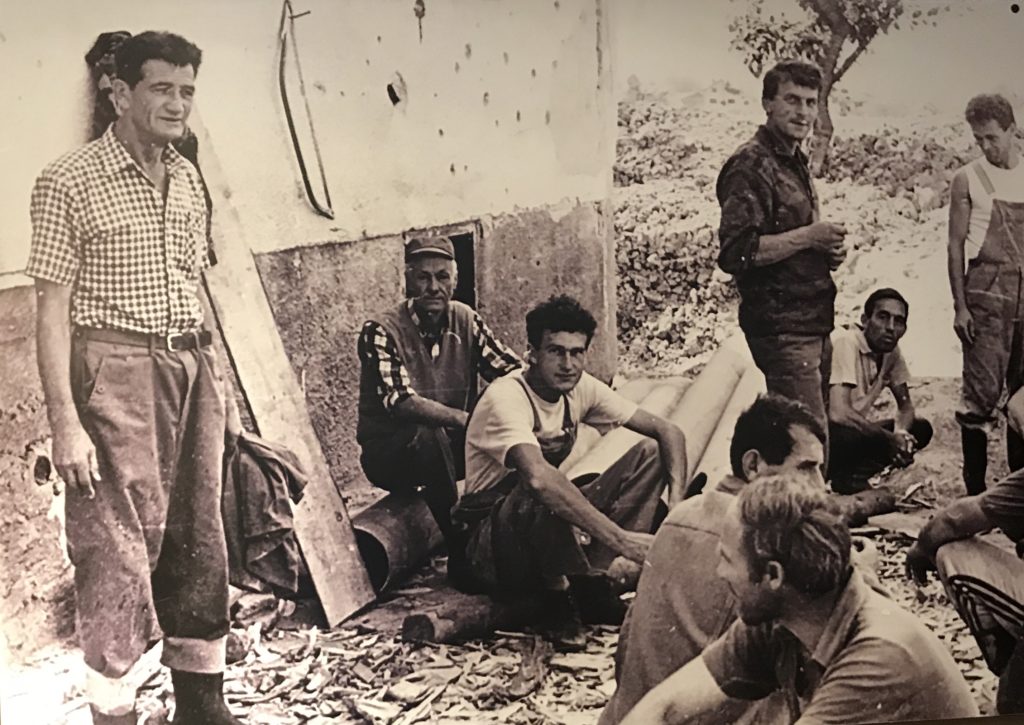
They dug the tunnel 24hrs a day, with the only tools they had –
- simple hand shovels for digging
- wheelbarrows for hauling dirt
- buckets & ropes for draining groundwater
- lamps for light
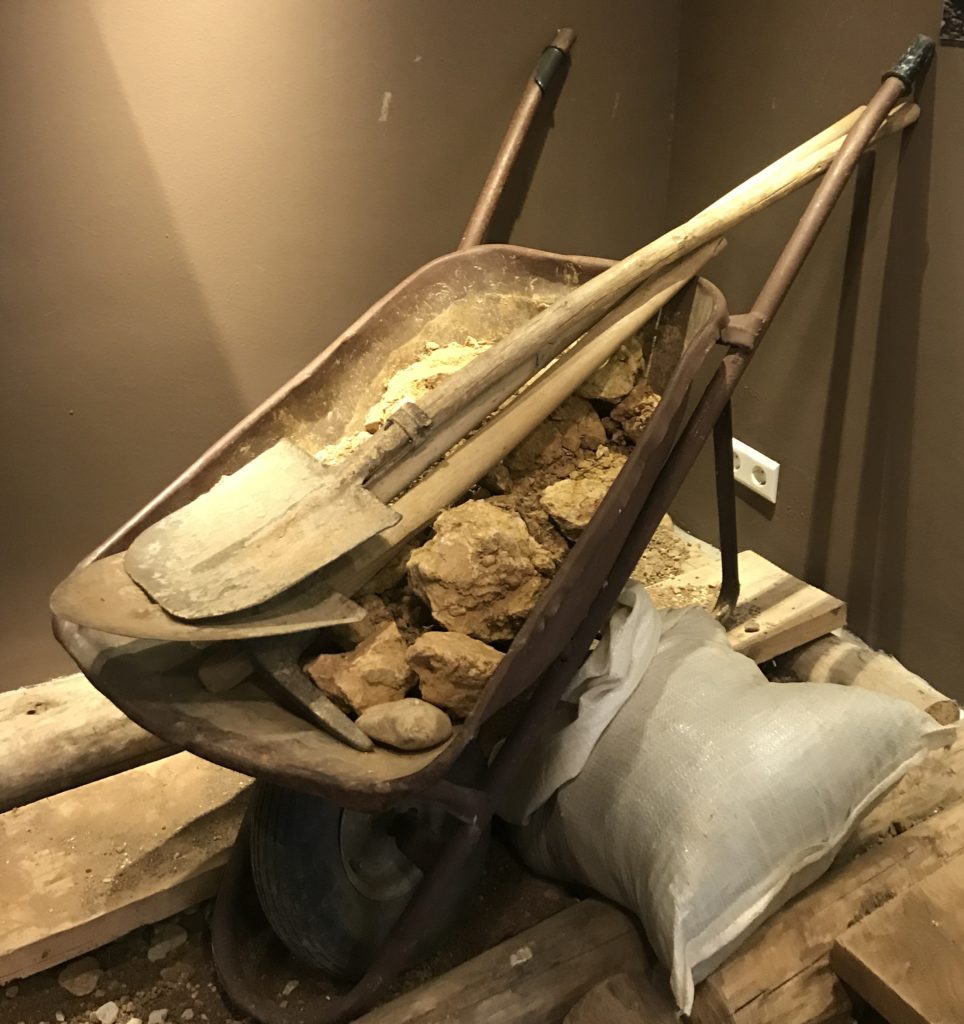
They dug non-stop for 4 months and 4 days, despite the heavy bombing and artillery action at their doorstep.
They dug the tunnel 5m deep in the ground, 1m wide, 1m 60cm high and 800m long. It was a huge endeavor yet barely large enough to get through.
A Deadly Top Secret
The city’s survival depended on the tunnel. The existence of the tunnel was a huge problem for the Serbian agenda. The Serbians knew about the tunnel. So, they continuously bombed the neighborhood, even killing the engineers and workers. But, as much as they tried, they couldn’t figure out the exact locations of the tunnel entrances.
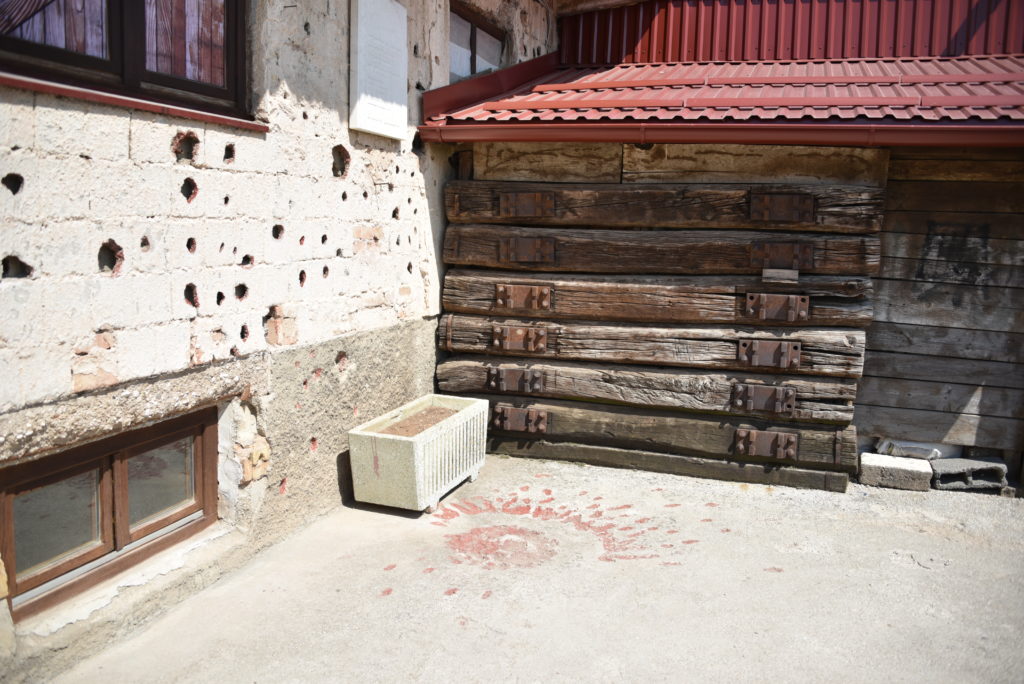
The Bosnians did succeed in keeping this a super secret tunnel, even as they transported the city’s food supply, electricity, residents, relatives, animals, politicians, military etc. They did it all right under the watch of the Serbian forces that came up to the houses and shelled them but couldn’t figure out the entrance.
The tunnel had 2 secret entrances from the Sarajevo sieged side and 2 entrance on the free Butmir, free Bosnian side. All concealed in plain sight.
Transportation Under Ground
The Sarajevo’s Tunnel of Hope was small and nearly a kilometer long. But it was only wide enough to be used in one direction at a time and high enough for an adult to hunch through. This led to major traffic jams and delays in crossing.
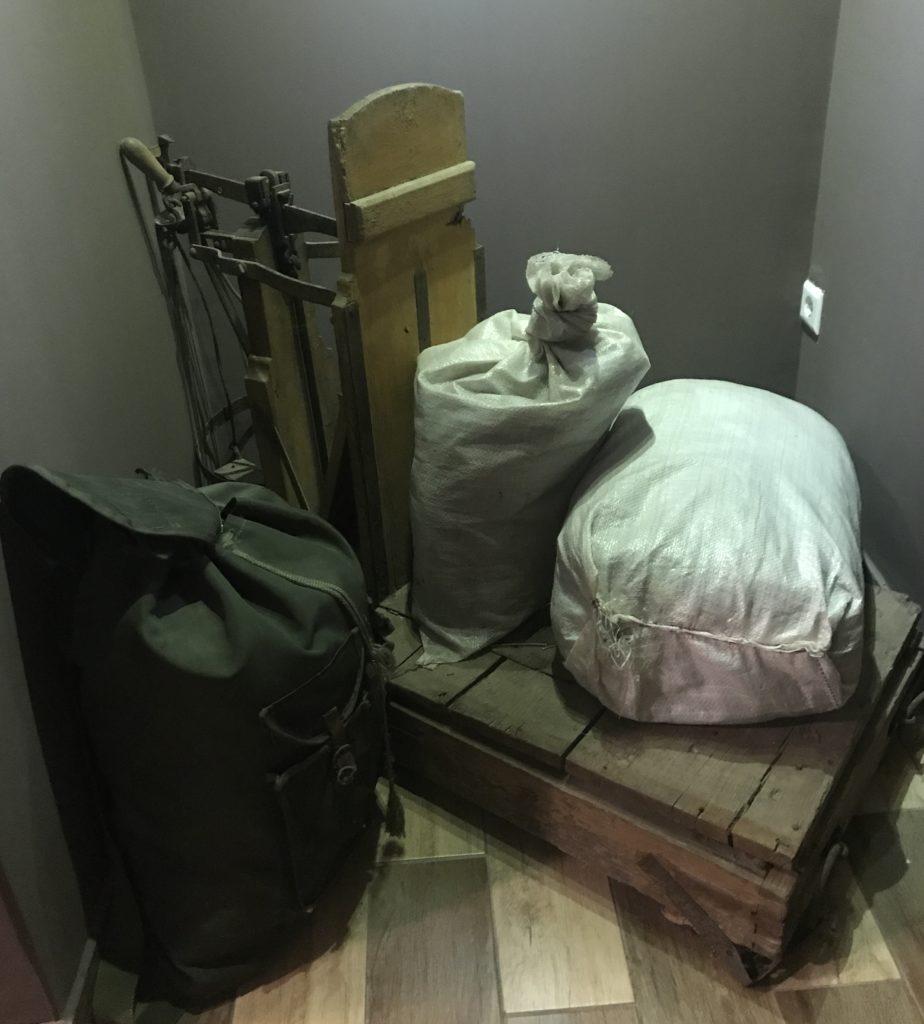
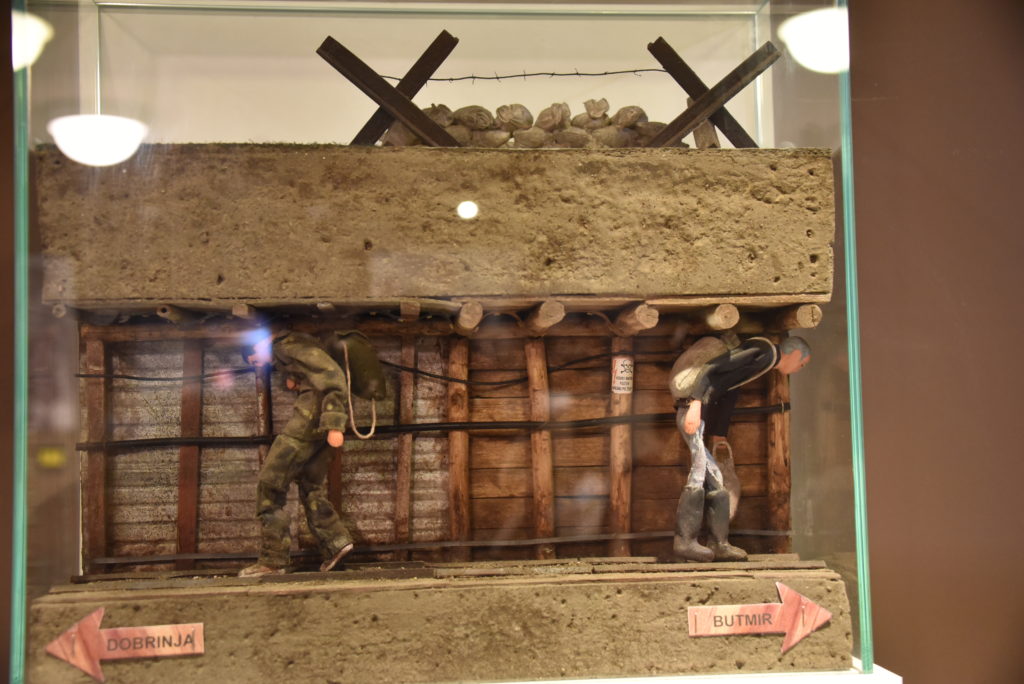
Sometimes bags of eggs would break in the tunnel, giving the tunnel a horrible smell of rotten eggs.
With the local geology, the water table in this area is quite high. Often the ground water would flood the tunnel and people had to wade through it.
Electric cables ran through the tunnel for lighting and to power the hospitals and important buildings in the city.
People had to walk half a mile with the most luggage possible, hunched down, through water, electric cables overhead, smelling rotten eggs and little air circulation. It was this perseverance that saved the city and the ethnic group from vanishing.
Travelers Through Sarajevo’s Tunnel of Hope
The tunnel, Sarajevo’s lifeline, gave transit to many – goods carriers, visitors, families, injured people, army, presidents, leaders, and smugglers who made millions of trips through the tunnel. The tunnel was used to transport water, food, weapons, tobacco, animals and everything one can imagine.
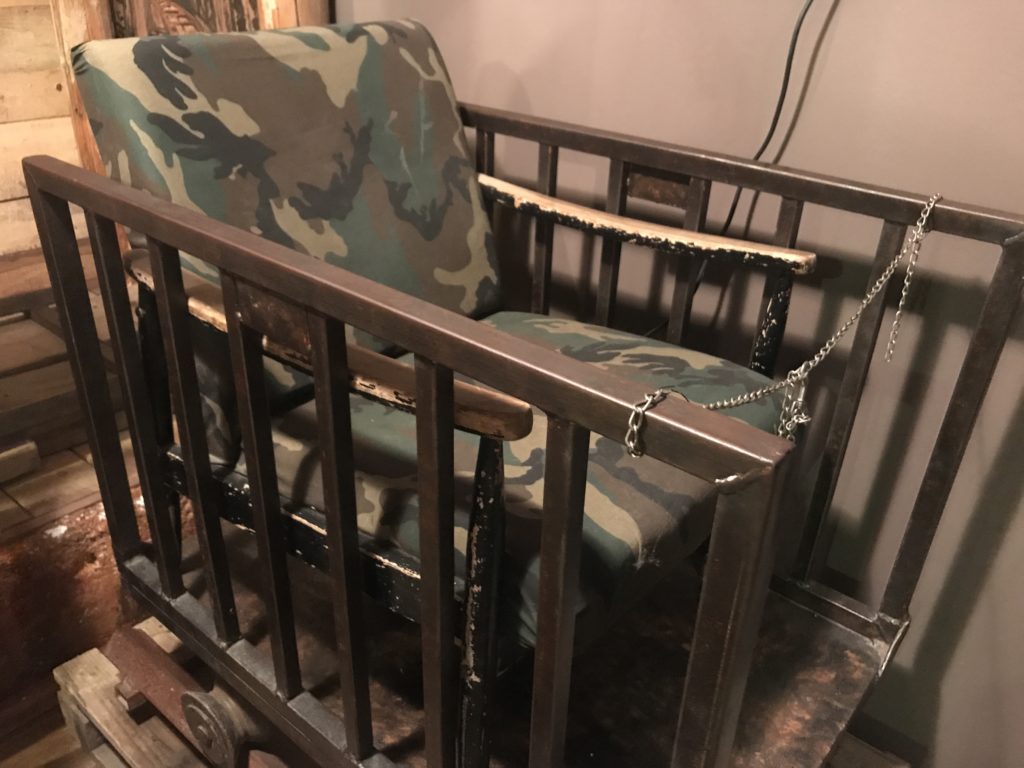
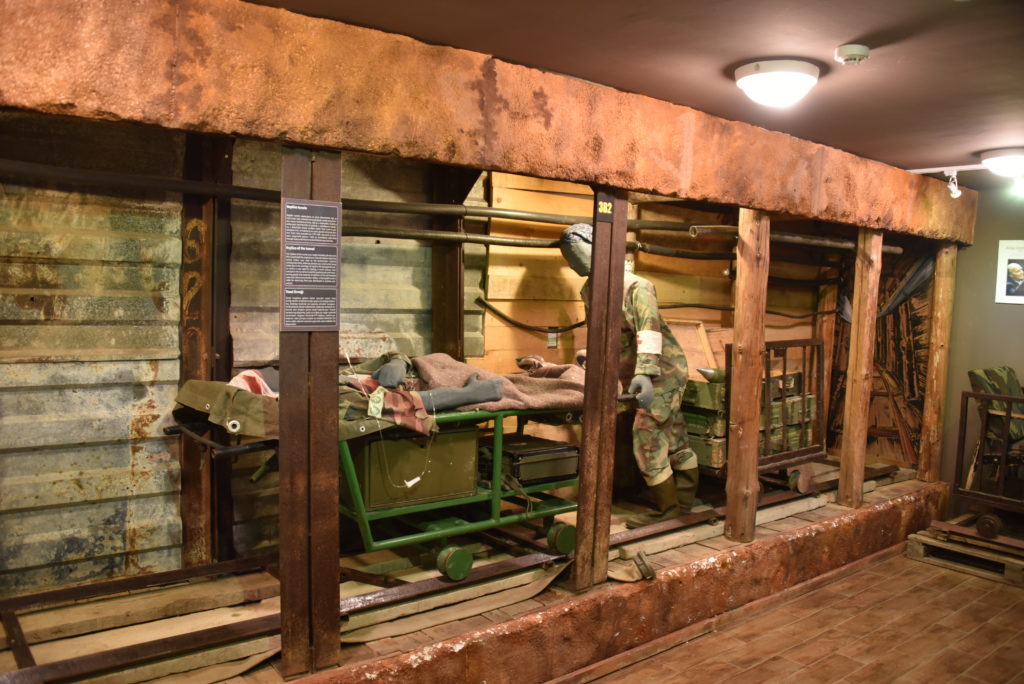
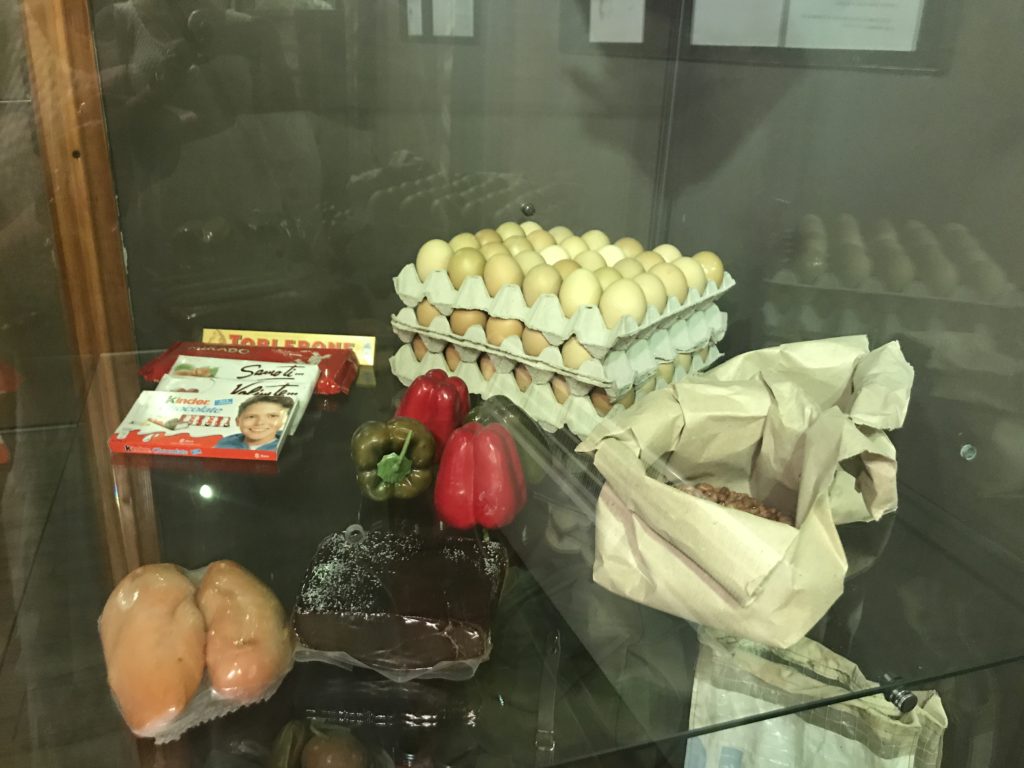
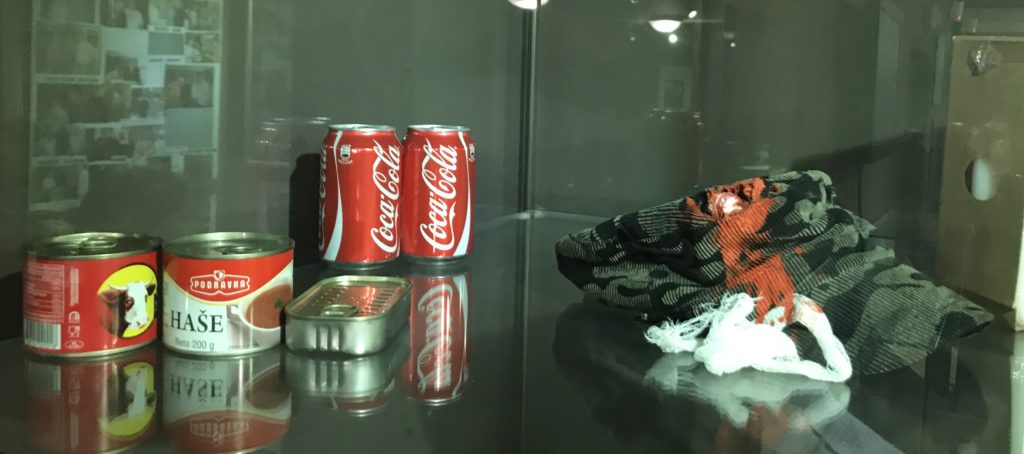
A Special Visitor
During the siege, our guide Enus’s auntie from the free Bosnian territory visited them in occupied Sarajevo. She came through the tunnel with her young kid for €1,000. She took a taxi in the middle of the night to their apartment near the cathedral, escaping all the snipers and bombshells. She brought as many goodies as possible.
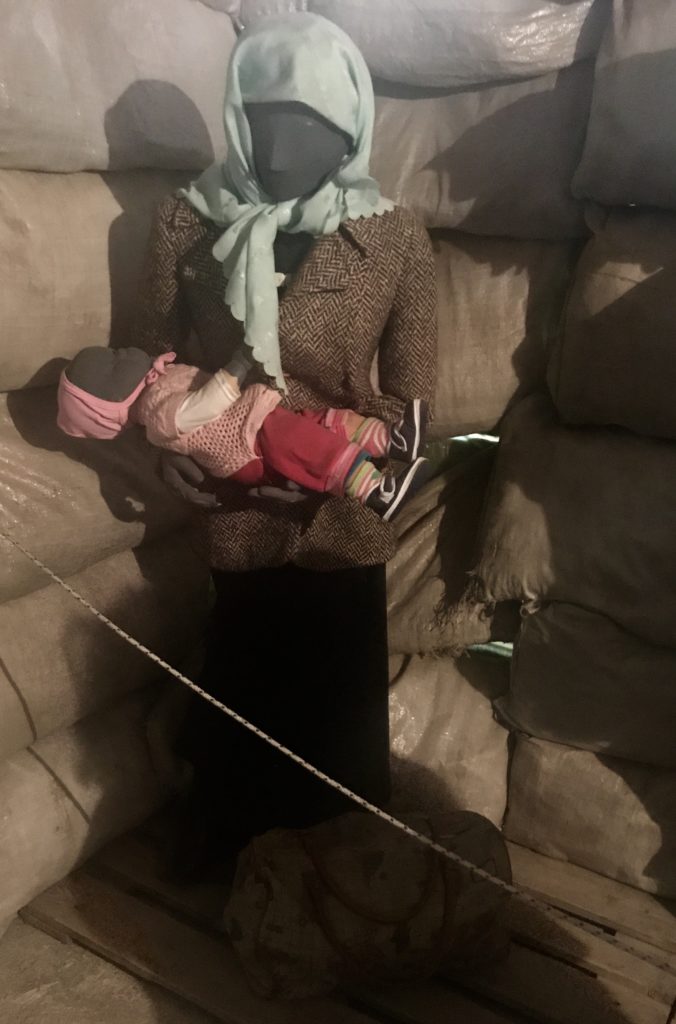
Enus’s dad was ecstatic when he got the Marlboro cigarettes. You see, cigarettes were worth their weight in gold (metaphorically speaking). It was like a currency that could be traded for many precious supplies.
Smuggling through Sarajevo’s Tunnel of Hope
As with any war, this one too presented opportunities for smugglers and war profiteers. With the extreme scarcity, everything was very expensive, so smugglers had great incentive to jack up the prices and make a lucrative business of transporting basic essentials and selling at an exorbitant price. For example, 1kg of coffee cost €55. I liter of gasoline cost €20. Some people made a ton of money in the process. While some locals talk about the smuggling problem, it was a very small fraction of the supplies that saved the population of Sarajevo.
The Tunnel Site Today
The current site includes the underground tunnel, a museum, posters, restrooms, and large rooms for audiovisuals playing documentaries from 1992-1996. It’s quite well made and maintained.
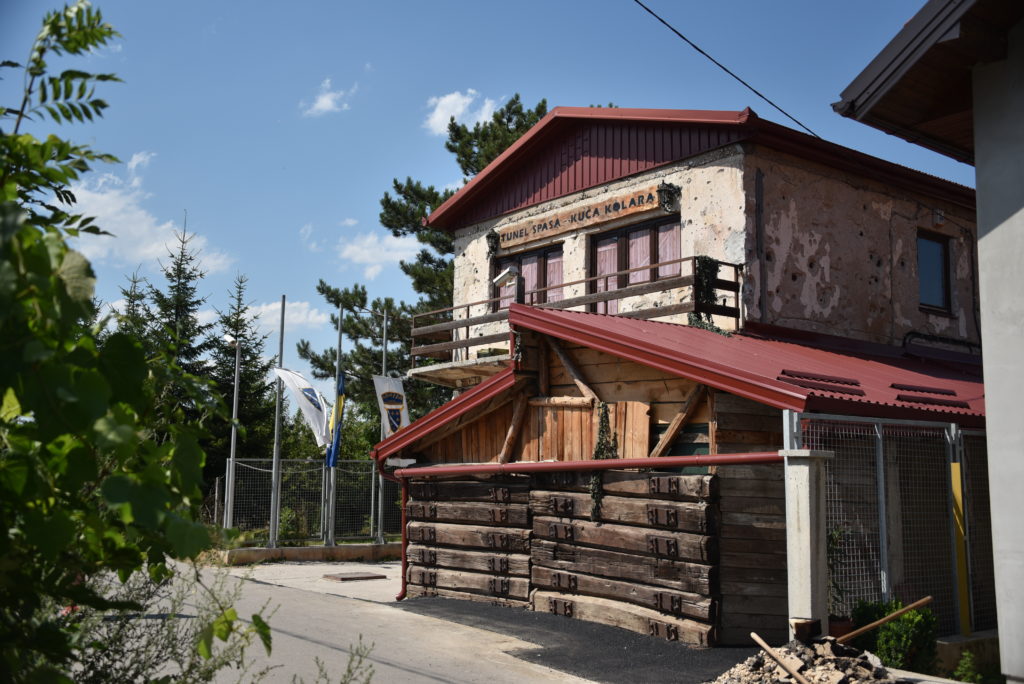
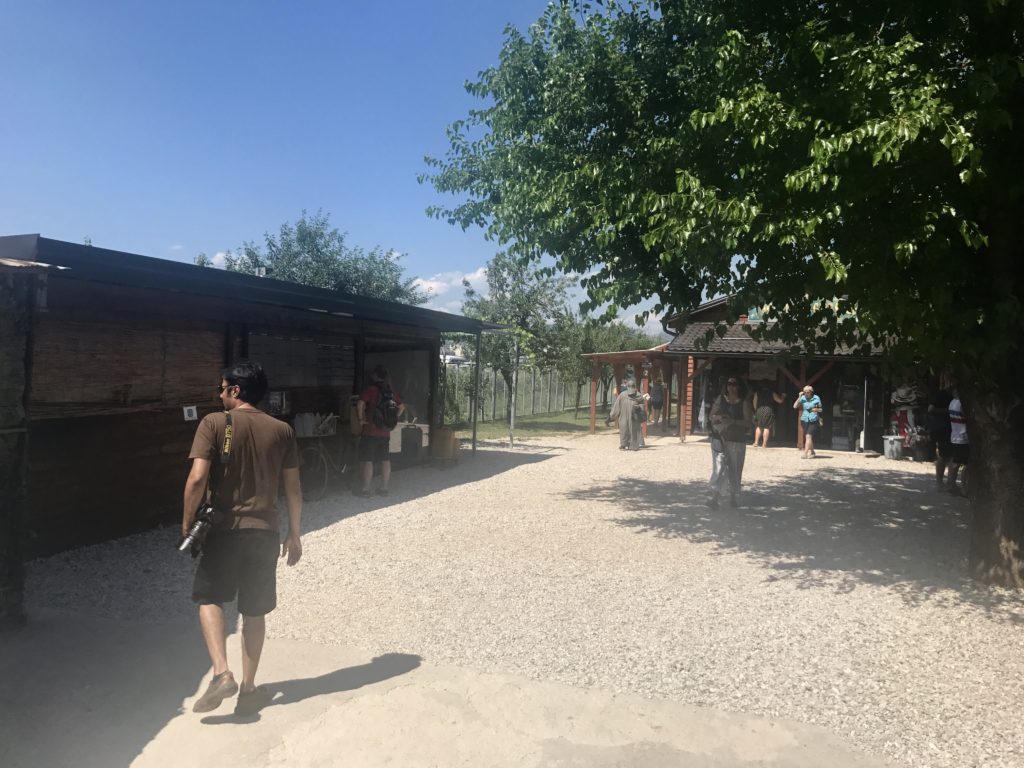
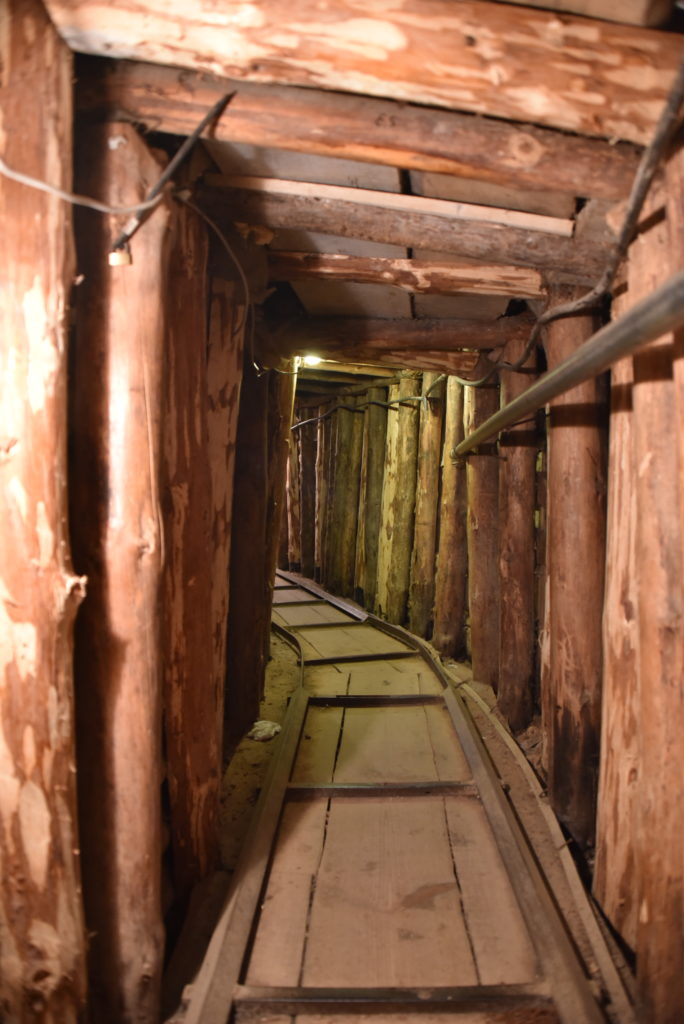
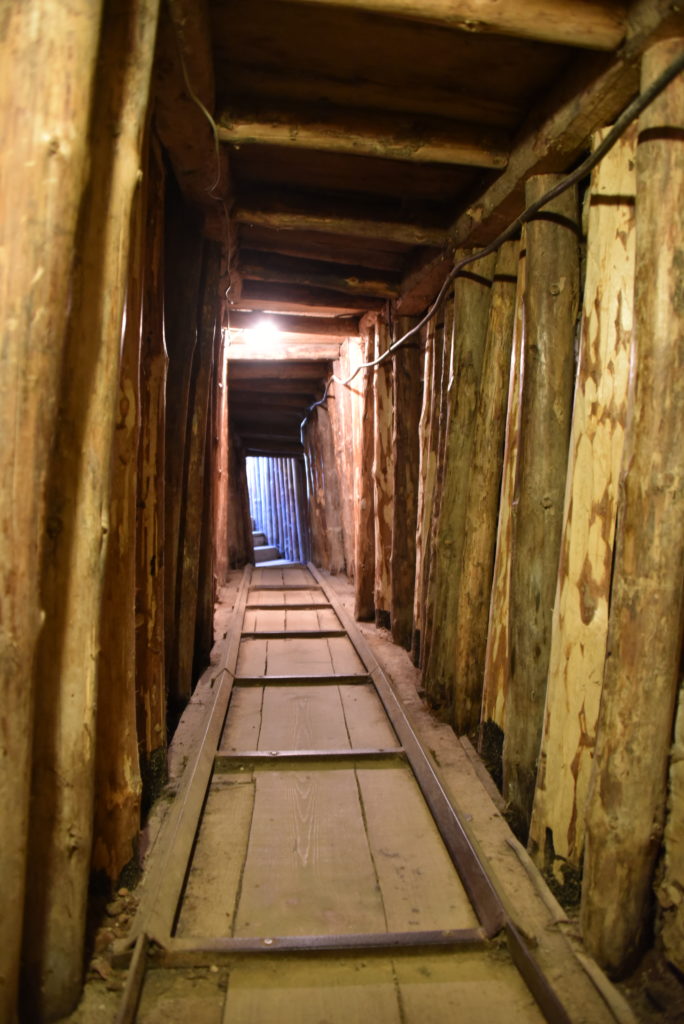
The Kolar Family
Sarajevo and 20th-century historians owe the Kolar family a great deal for their efforts in preserving Sarajevo’s Tunnel of Hope, the building, and the museum. It’s a precious treasure for us all to learn about the tough times and to celebrate human ingenuity. Not to mention how graciously they offered their home as the entrance and construction site of the tunnel.
The war ended with the Dayton Peace Agreement in 1996 but the country was still in disarray. The tunnel without which the city would have perished was quickly forgotten. Within a few years of neglect, it was flooded and was collapsing. The tunnel became a myth as some said it was a fabricated fictional story. The new corrupt government had no interest in preserving history. In fact, the government was demolishing the houses in the area and erasing the history.
Bajro Kolar, the house owner, was devastated at the neglect and loss of such important history. He felt that if he lost the history, he would lose himself. He strongly felt that he had the obligation to build the museum “… not only for himself but for the whole world”. So, with his family, they started collecting all the objects they could find near their house and started restoring the tunnel and the house. He built the museum and audio-visual room showing the videos from then. In 2013, the management was transferred to Memorial Found of Sarajevo Canton.
Even after the reconstruction, no magazines or articles would talk about the tunnel. It was first covered by Tim Clancy, a New Yorker who had passed through the tunnel in 1993 as a humanitarian worker. Quite rightfully, he said, “The tunnel is a monument of the strength of human spirit and as such, it needs to be seen by every American and European”. Ever since, this has been a popular site, included in many historic tours of Sarajevo.
You will also like
- Balkan trip – the itinerary of an amazing 12-day trip
- Official site of Tunnel of Hope
- Tips for Balkans Roadtrip
- Sarajevo under Siege
- Mostar
On Pinterest

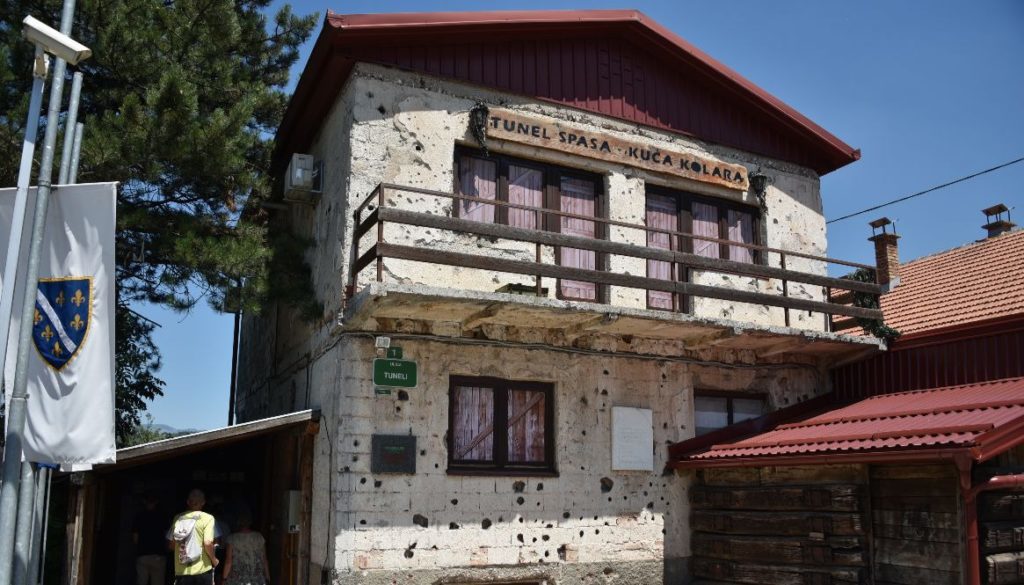
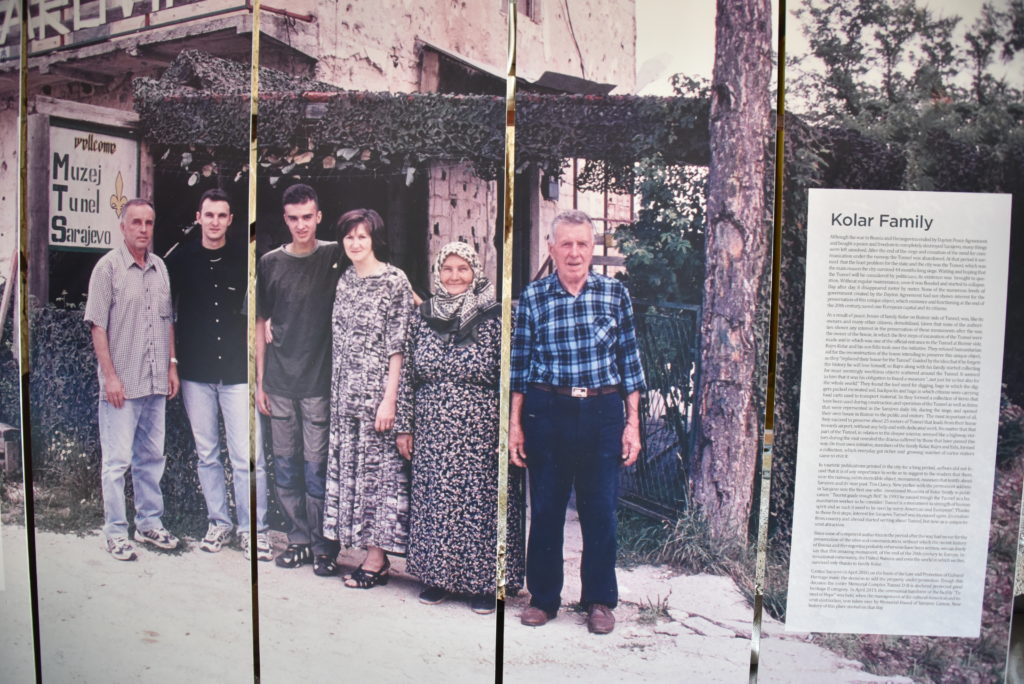
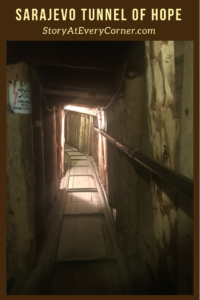
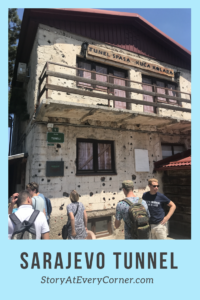

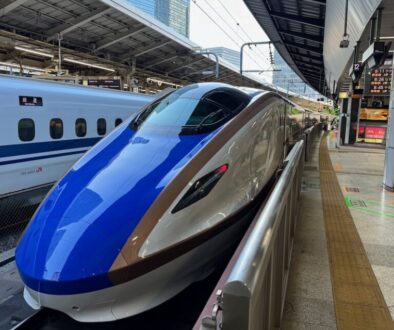


Louise Bosman Knutsson Eg
April 1, 2018 @ 10:12 am
This was super interesting to read and learn more about the Tunnel of Hope. I really want to go and see the museum one day. Thank you for sharing your knowledge! 🙂
Jyoti
April 1, 2018 @ 11:04 am
You’re welcome Louise! It is a hidden gem, off the grid.
K N Kothari
April 2, 2018 @ 2:26 am
This is small but enough to think of the conditions of the people at that time, the human grits and determination. Though it is history but a great story to inspire the whole world that with determination, nothing is impossible. Gives s very good understanding of the history through your visit and describe.
Jyoti
April 2, 2018 @ 6:29 am
You’re so right! It’s story of determination and true human grit.
Thanks for such a thoughtful comment.
Heraa
April 2, 2018 @ 4:15 am
I love going to these kind of places. They tell a lot about the history and suffering of people. That was an excellent description of the place Tunnel of Hope.
Jyoti
April 2, 2018 @ 6:31 am
Hi Heraa, I glad you like it. ?
There are so many signs of the gory history of Balkans but this was unique in showing how the human spirit can prevail.
Maggie
April 4, 2018 @ 3:36 pm
Thank you for sharing this. I had no idea of the hardships that were going on at that time.
Jyoti
April 4, 2018 @ 4:47 pm
Sure Maggie. It’s awesome of the family to preserve this site and share with the world.
Jyoti
April 7, 2018 @ 5:08 pm
You’re welcome Maggie! I had no idea of the hardships before visiting and talking with people there. That’s where travel can be great education.
Sage Scott
April 5, 2018 @ 5:34 am
While I recall the horrors of war that descended on Sarajevo, I had no idea about this tunnel. Thank you for sharing this!
Debbie Graham
April 7, 2018 @ 3:11 pm
I am amazed! Thank you for sharing this story and thank you Bajro Kolar and family!
Humanitarian efforts should NOT go unnoticed. I have notated this for a future visit.
Jyoti
April 7, 2018 @ 5:06 pm
Hi Debbie, I couldn’t have said it any better. Let’s spread the word for regular people’s dedication and good work.
julz
April 7, 2018 @ 10:07 pm
what an amazing piece of history. Thank you so much for sharing – I remember the war and all the atrocities – but I don’t know enough about it – I was still in high school at the time – it is strange how sometimes you know more about a more distant past than something closer to you. What I do remember is thinking why does history always repeat itself… you made me want to read up more about this time. Time to find some good books.
Michelle
April 8, 2018 @ 12:58 am
This is an incredible story! Thanks so much for bringing it to my attention, I wasn’t aware of it before. I would love to visit this place one day 🙂
Eva
April 8, 2018 @ 2:02 am
As usual, thank you for sharing another amazing article. Love all the pictures! Keep up the good work 🙂
Alice
April 8, 2018 @ 8:44 am
Wao, this place as such an amazing story. I didn’t know about it. The images are also very strong!
AMBER
April 8, 2018 @ 9:25 am
Sarajevo has such a history and I would love to experience it myself. I always remember the Torvill and Dean routine at the Olympics there!
Katie
April 8, 2018 @ 9:55 am
A really interesting read about a fascinating history. I bet it was a rather humbling experience. Thanks for sharing!
Tif
April 8, 2018 @ 12:02 pm
Wow this is such great Info!! I had gone to Mostar and had learnt that history but besides that didn’t really get much info on the rest of the country so this was awesome! So terrify and sad wht has happened- and also sad no one preserved the history!
Jyoti
April 8, 2018 @ 6:57 pm
Hi Tif
You’re right Mostar has a painful history too with an ethnic war Muslims, Catholics, and Orthodox. I touched on it in https://storyateverycorner.com/mostar/. We also heard similarly painful stories from Dubrovnik and lake Plithvika in Croatia and Kosovo. They are different facets of the same civil war.
Dubrovnik has recovered very well and I’m very hopeful for Kosovo.
Alex Trembath
April 8, 2018 @ 5:59 pm
When exploring histories of war it’s always uplifting to hear about the stories of human perseverance and determination. This was one of the worst conflicts to happen in my lifetime but I know quite little about the details. Thank you for sharing this – I am yet to visit this part of south-east Europe but I want to go soon, and after reading this I will be looking to explore and learn more for sure. Great write-up.
Jyoti
April 8, 2018 @ 7:02 pm
Hi Alex, you’re so right in that it’s hard, yet its but uplifting to find stories of survival and of human perseverance and determination. There are many such stories in the Balkans. We had amazing local guides in Kosovo and Croatia (other countries that were also highly impacted) that told their stories through their personal life experiences.
Nicole
April 8, 2018 @ 7:22 pm
What an impactful story and it truly has heart. Even in war torn areas, the people bring magic and inspiration.
Jyoti
April 8, 2018 @ 7:42 pm
So well said Nicole!
Varsha
April 9, 2018 @ 1:47 am
Nice informative article. I like to visit such historic sites and to know the story behind it. You have illustrated it very nicely.
Moimehr
April 9, 2018 @ 2:07 am
A perfect combination of travel and history. Loved this post. Got to know about something I never knew. Sarajevo and tunnel of hope kindles desire in me to know more about this place.
Celia
April 9, 2018 @ 11:07 am
Thank you for sharing this incredible story. A testament to the bravery and courage of the men and women who were forced to endure this horrible time. It’s great they finally decided to preserve this piece of history. Better late than never!
Supriya Bhardwaj
April 10, 2018 @ 12:14 am
Great article. The places from great history always appeals me. The story of digging the tunnel reminds me the story of mountain man of India who cut the huge mountain into a road linking the city and that was also with basic tools and all alone. It took 22 years to complete. You may know about this, a film ‘Maanjhi’ was based on this story. Thanks for sharing story from history.
Jyoti
April 10, 2018 @ 6:13 am
Thanks Supriya.
I saw the movie a few years ago and still remember it clearly. What an amazing man to dig for much of his life so others in his village can have a better life.
Renata Green
April 10, 2018 @ 1:11 pm
This is an incredible story. I appreciated it a lot that you are touching a terrible topic like this and don’t write how awesome the landscape is and how yummy the food. Between all these hyper-touristy articles I love to find a hidden gem like this dealing with deeper and more serious topics.
Bosnia had to go through a lot. I would like to visit the former Yugoslavian states and see how they are now.
Linda
April 11, 2018 @ 12:25 am
This was such a powerful piece, and I’m so happy to learn something new! The human spirit and capacity for ingenuity certainly are some of the strongest things in the world.
free grocery lists
October 20, 2018 @ 6:12 am
I could not resist commenting. Perfectly written!
TestX Core
October 22, 2018 @ 3:51 am
Great website! It looks extremely expert! Keep up the great work!